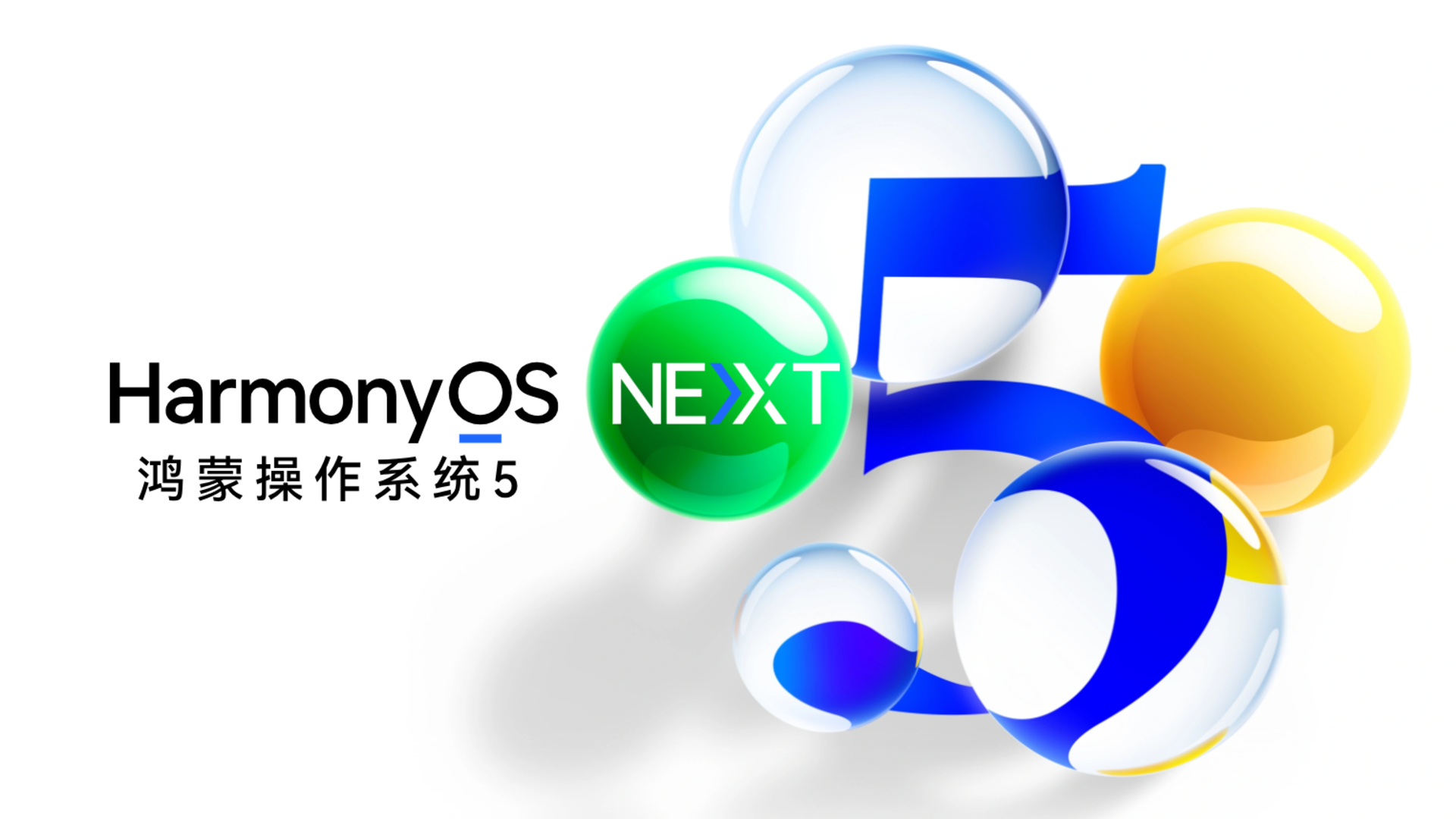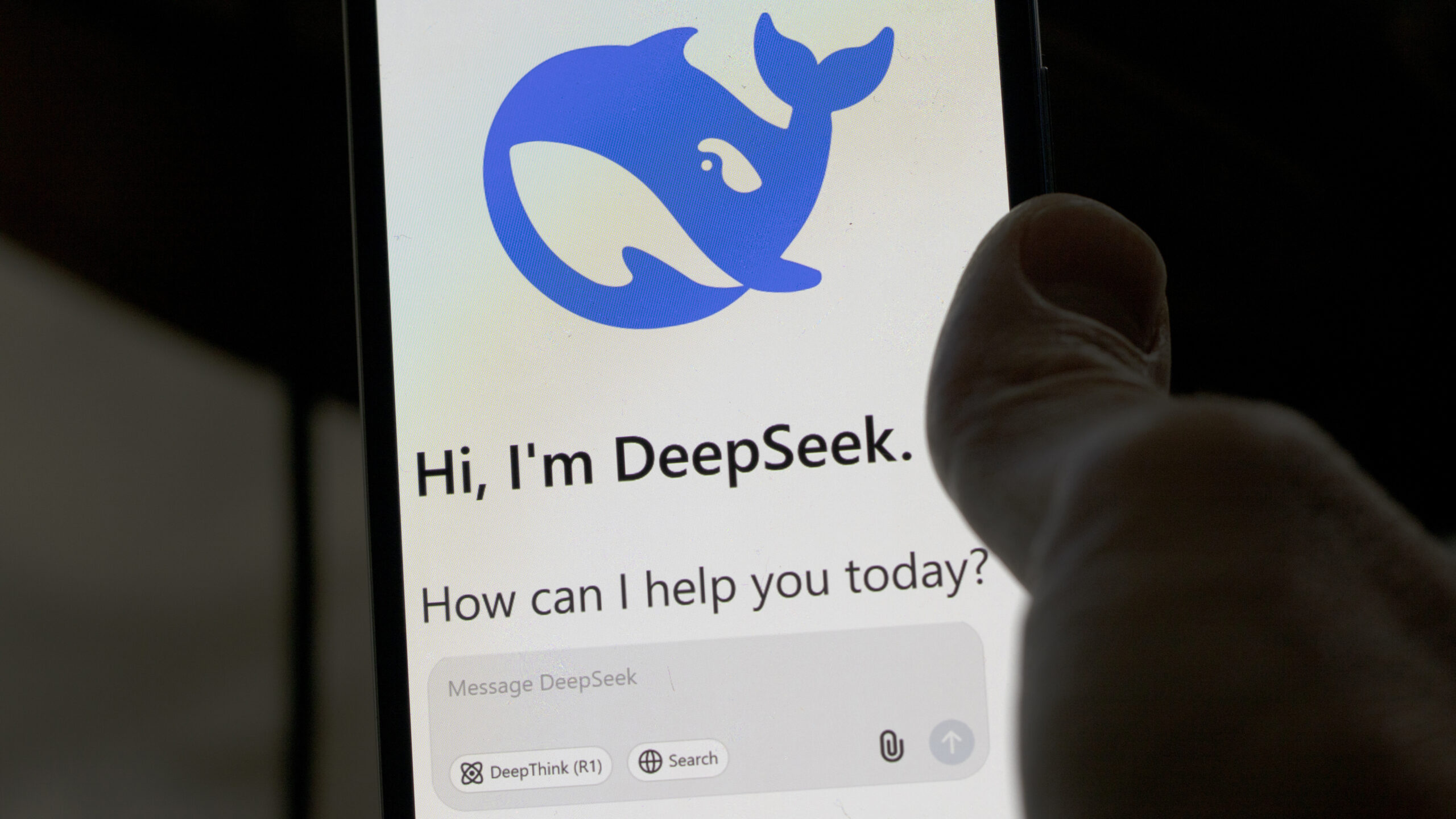- Huawei’s Shift from Windows to HarmonyOS for Future Laptops
- Aiming for a Billion Users: HarmonyOS Ventures Beyond Smartphones
- HarmonyOS Next Fully Developed by Huawei, Breaking Free from Android
Huawei is evolving its software ambitions, transitioning from merely reacting to U.S. trade restrictions to ambitiously positioning HarmonyOS as a staple operating system that spans various devices, including smartphones, tablets, TVs, and now laptops.
Set on connecting with a billion users, HarmonyOS stands at the brink of a major evolution in the tech landscape following Huawei’s departure from Microsoft Windows licenses.
Introduced in 2019 after years of development, HarmonyOS—also referred to as Hongmeng within China—emerged as Huawei’s tactical solution to its exclusion from the Google Android ecosystem.
Aiming for a Billion Devices Powered by HarmonyOS
This remarkable growth trajectory reflects Huawei’s rebound in the smartphone sector, where it recently edged past Apple in market share within China, capturing 19% as opposed to Apple’s 17%.
This success provides a robust foundation for Huawei to broaden the reach of HarmonyOS to other devices, aspiring to create a cohesive ecosystem akin to Apple’s seamless integration of iOS, iPadOS, and macOS.
With its Microsoft Windows license set to expire in March 2025, coupled with the inability to renew due to persistent U.S. sanctions, Huawei is preparing for a bold shift, substituting Windows for HarmonyOS in its forthcoming laptop lineup.
The company has revealed a laptop set to run on HarmonyOS 5, also known as HarmonyOS Next. This iteration represents a significant move away from its former Android reliance, being entirely conceived and developed by Huawei. An official unveiling is on the horizon, likely happening later this month.
Designed to cater to essential productivity applications, such as WPS Office and corporate tools like DingTalk, this new operating system will also support a wide array of HarmonyOS mobile apps, ensuring a laptop experience that’s reminiscent of using a smartphone.
Given the expansive ecosystem HarmonyOS encompasses, it stands ready to emerge as a substantial competitor to Windows, especially in areas where access to Microsoft’s software is restricted.
Should the upcoming laptops employ AMD or Intel processors, users might retain the versatility to dual-boot Windows or try various Linux distributions, thus not entirely limiting their options.
For more details, visit Tomshardware.






















